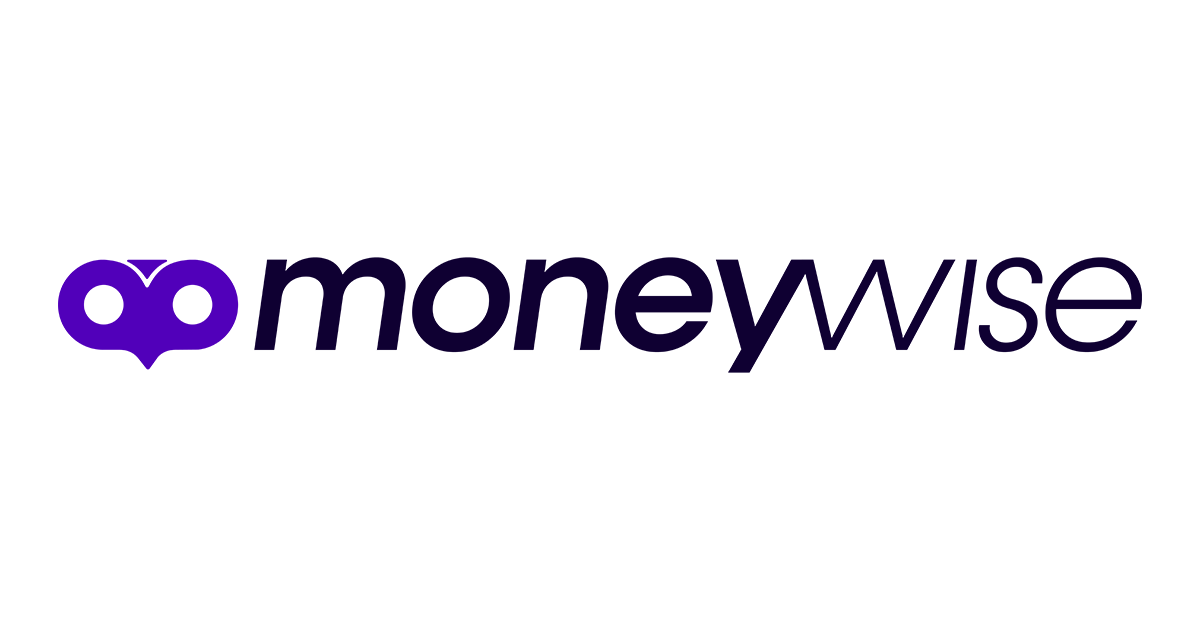
Becoming Money-Wise: A Comprehensive Guide to Financial Literacy and Freedom
In a world driven by consumption and complex financial products, becoming money-wise is no longer a luxury, but a necessity. It’s not about getting rich quickly; it’s about understanding your finances, making informed decisions, and building a secure future. Financial literacy empowers you to navigate the complexities of money management, enabling you to achieve your goals and live a more comfortable and stress-free life. This comprehensive guide will explore the key steps to becoming money-wise, from understanding basic concepts to implementing long-term strategies.
1. Laying the Foundation: Understanding Your Current Financial Situation
The first step towards becoming money-wise is taking a brutally honest look at your current financial situation. This involves gathering information, analyzing your habits, and identifying areas for improvement.
-
Track Your Income and Expenses: This is the cornerstone of financial awareness. Use a budgeting app, spreadsheet, or even a notebook to meticulously track every penny that comes in and goes out. Categorize your expenses (e.g., housing, transportation, food, entertainment) to identify where your money is being spent. Many banks and credit card companies offer tools to automatically categorize your spending. Aim for a minimum of one month, but ideally three months or more, to get a clear picture of your spending patterns.
-
Calculate Your Net Worth: Your net worth is a snapshot of your financial health. It’s calculated by subtracting your liabilities (debts) from your assets (what you own). Assets include cash, savings, investments, real estate, and personal property. Liabilities include credit card debt, loans (student, auto, mortgage), and other outstanding obligations. Calculating your net worth provides a baseline and allows you to track your progress over time.
-
Analyze Your Spending Habits: Once you have tracked your expenses, analyze where your money is going. Are you spending more than you earn? Are you spending excessively on non-essentials? Identify areas where you can cut back and redirect those funds towards savings or debt repayment. Look for patterns – do you overspend on weekends, or during specific times of the month? Understanding your spending triggers is crucial for making lasting changes.
2. Creating a Budget That Works For You
A budget is a roadmap for your money. It outlines how you plan to allocate your income to different categories, ensuring that your spending aligns with your financial goals.
-
Choose a Budgeting Method: There are several popular budgeting methods, each with its own advantages:
- 50/30/20 Rule: Allocate 50% of your income to needs (housing, food, transportation), 30% to wants (entertainment, dining out, hobbies), and 20% to savings and debt repayment.
- Zero-Based Budget: Allocate every dollar of your income to a specific category, ensuring that your income minus your expenses equals zero. This requires a detailed understanding of your spending.
- Envelope System: Allocate cash to different categories and physically place it in envelopes. When the envelope is empty, you can’t spend any more in that category. This is particularly helpful for controlling discretionary spending.
- Budgeting Apps: Many apps (Mint, YNAB, Personal Capital) offer automated tracking, budgeting, and goal-setting features.
-
Set Realistic Goals: Your budget should reflect your financial goals. Are you saving for a down payment on a house, paying off debt, or investing for retirement? Break down your long-term goals into smaller, more manageable milestones.
-
Regularly Review and Adjust Your Budget: Your budget is not set in stone. Life changes, income fluctuates, and unexpected expenses arise. Review your budget regularly (at least monthly) and adjust it as needed to stay on track.
3. Tackling Debt: A Prioritized Approach
Debt can be a significant obstacle to financial freedom. Developing a strategic approach to debt repayment is essential.
-
Prioritize High-Interest Debt: Focus on paying off high-interest debt first, such as credit card debt. The longer you carry a balance with a high interest rate, the more it will cost you in the long run.
-
Debt Snowball vs. Debt Avalanche: Two popular debt repayment strategies:
- Debt Snowball: Pay off the smallest debt first, regardless of the interest rate, to gain momentum and motivation.
- Debt Avalanche: Pay off the debt with the highest interest rate first, to minimize the overall interest paid. Mathematically, the debt avalanche is more efficient, but the debt snowball can be psychologically more effective.
-
Negotiate Lower Interest Rates: Contact your credit card companies or lenders and try to negotiate a lower interest rate. Explain that you are committed to paying off your debt and that a lower rate would help you achieve that goal.
-
Consider Debt Consolidation: If you have multiple debts, consider consolidating them into a single loan with a lower interest rate. This can simplify your payments and potentially save you money.
4. Building a Savings Safety Net
An emergency fund is crucial for weathering unexpected financial storms, such as job loss, medical bills, or car repairs.
-
Aim for 3-6 Months of Living Expenses: The general recommendation is to save enough to cover 3-6 months of essential living expenses. This will provide a cushion and prevent you from going into debt during an emergency.
-
Start Small and Automate: Start by saving a small amount each month and gradually increase it over time. Automate your savings by setting up a recurring transfer from your checking account to your savings account.
-
Keep Your Emergency Fund Accessible: Store your emergency fund in a high-yield savings account or money market account, where it is easily accessible but earns a reasonable interest rate.
5. Investing for the Future
Investing is essential for building long-term wealth and achieving your financial goals, such as retirement.
-
Start Early: The earlier you start investing, the more time your money has to grow through the power of compounding.
-
Understand Risk Tolerance: Determine your risk tolerance before investing. Are you comfortable with taking on more risk for potentially higher returns, or do you prefer a more conservative approach?
-
Diversify Your Investments: Don’t put all your eggs in one basket. Diversify your investments across different asset classes, such as stocks, bonds, and real estate.
-
Consider Index Funds and ETFs: Index funds and Exchange-Traded Funds (ETFs) offer a cost-effective way to diversify your investments and track the performance of a specific market index.
-
Invest in Your Retirement Accounts: Take advantage of tax-advantaged retirement accounts, such as 401(k)s and IRAs. Contribute enough to your 401(k) to receive the full employer match.
6. Continuous Learning and Adaptation
Becoming money-wise is an ongoing process. Stay informed about financial news, read books and articles on personal finance, and seek advice from qualified financial professionals.
-
Read Financial Books and Blogs: Expand your financial knowledge by reading books and blogs on personal finance, investing, and budgeting.
-
Follow Reputable Financial News Sources: Stay informed about market trends and economic developments by following reputable financial news sources.
-
Consider Working with a Financial Advisor: A financial advisor can provide personalized guidance and help you develop a comprehensive financial plan.
-
Review and Adjust Your Plan Regularly: Your financial situation and goals will change over time. Review your financial plan regularly and adjust it as needed to stay on track.
Conclusion:
Becoming money-wise is a journey, not a destination. It requires commitment, discipline, and a willingness to learn. By understanding your finances, creating a budget, tackling debt, building a savings safety net, and investing for the future, you can take control of your financial life and achieve your goals. Embrace the process, stay informed, and remember that even small steps can make a big difference in the long run. Financial literacy is a powerful tool that can empower you to live a more secure and fulfilling life.



